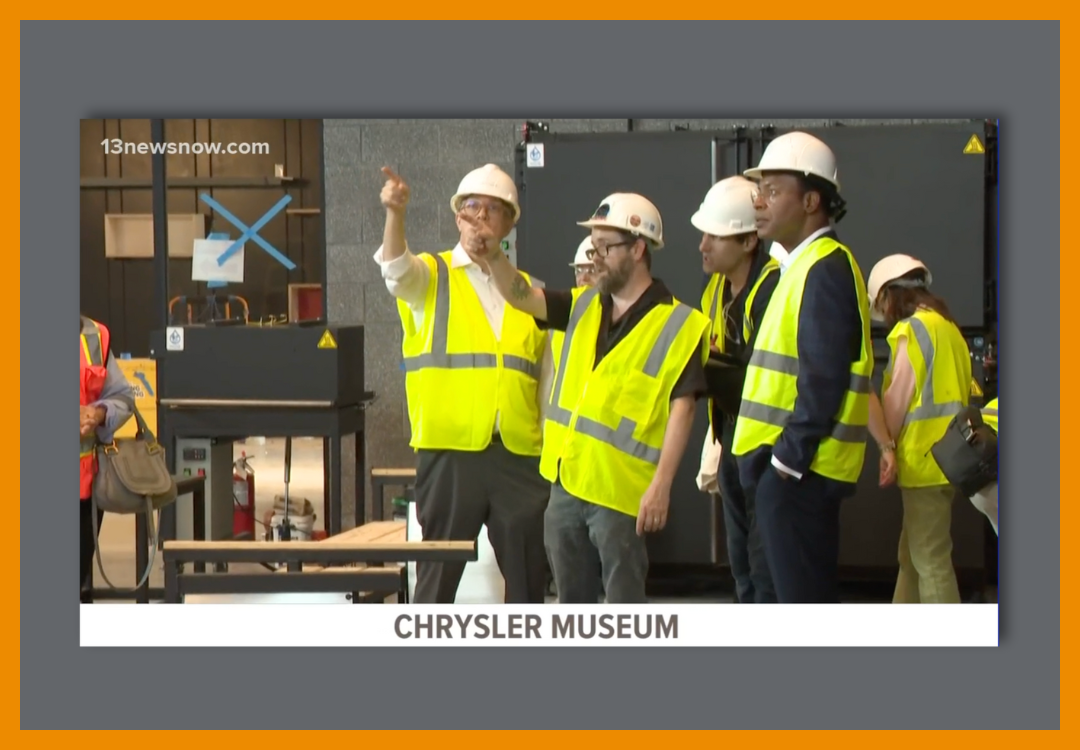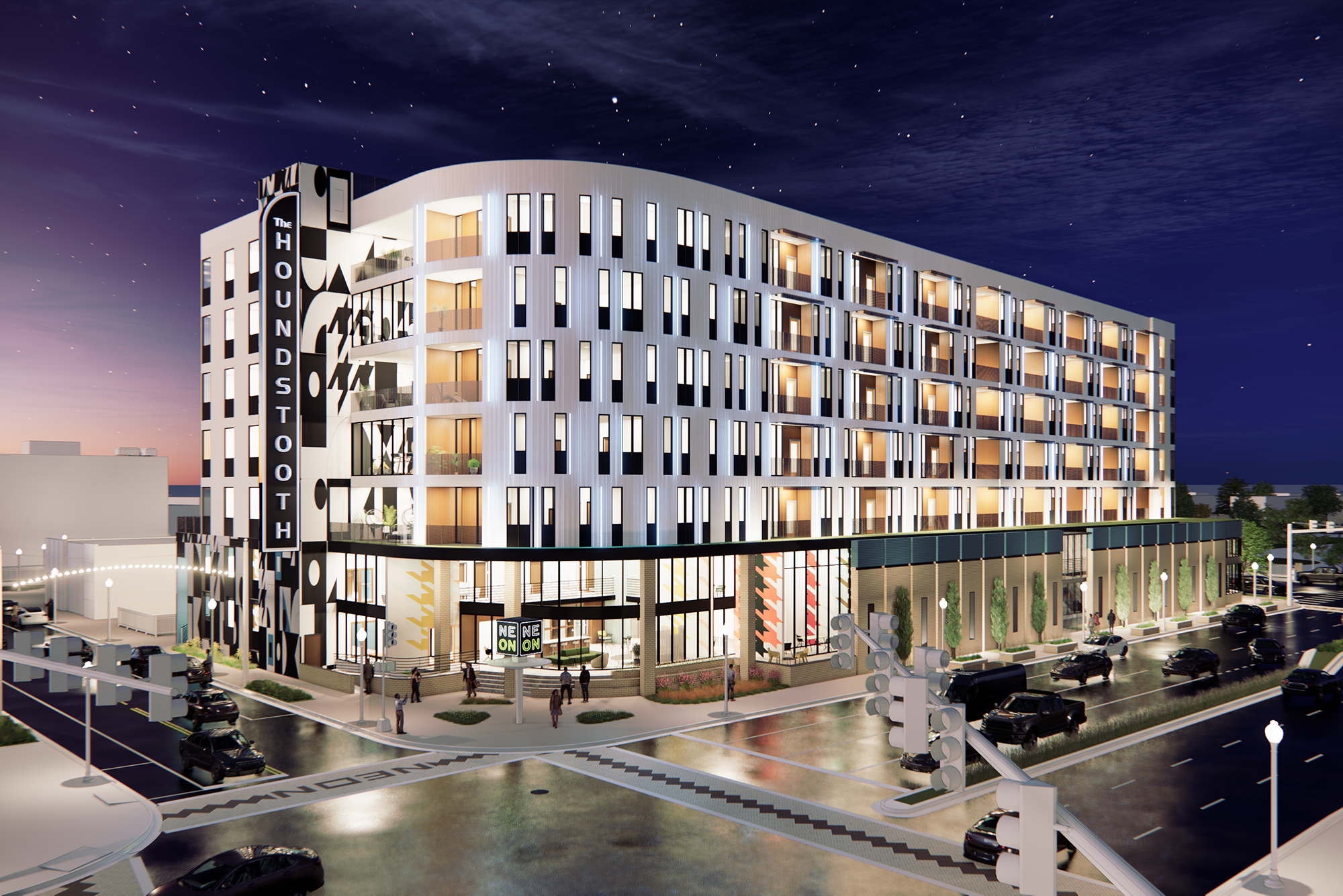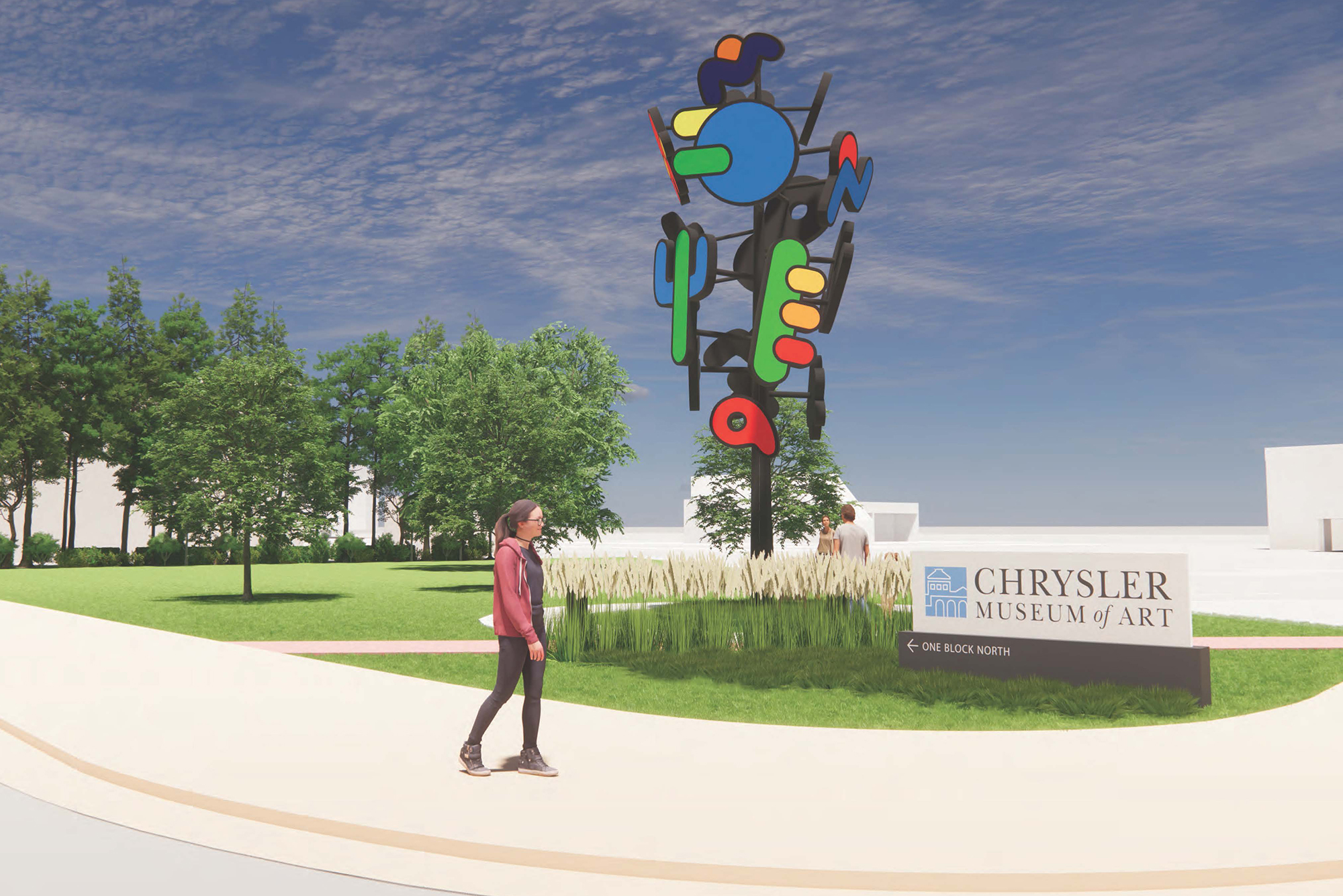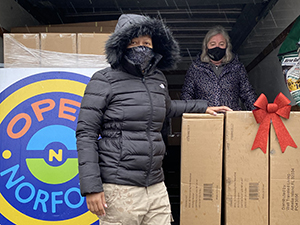
The Chrysler Museum of Art’s Plan for Coastal Resilience Highlighted by Virginia Mercury
As sea levels rise and sunny-day flooding becomes a familiar occurrence in Norfolk, the Chrysler Museum of Art is taking...
Read More
Expanded Perry Glass Studio Reopens at the Chrysler Museum of Art
The Perry Glass Studio at the Chrysler Museum of Art has officially reopened following a $30 million expansion. The museum...
Read More
Chrysler Museum of Art Preps New Perry Glass Studio Expansion
Phase 1 of the new Perry Glass Studio expansion and renovation at the Chrysler Museum of Art in Norfolk is...
Read More
Houndstooth: the Redevelopment of the Greyhound bus station
We are excited to announce that we are partnered with Breeden on the design and development of “Houndstooth” on the...
Read More
Chrysler Museum of Art Public Sculpture
Construction is complete! A colorful 32-foot sculpture at the corner of Brambleton Avenue and Yarmouth Street, and just across from...
Read More
Altruistic Design
WPA is proud to announce that Jeremy S. Maloney has founded Altruistic Design in Virginia Beach.
Read More
NEON Community Open Space
WPA presented the updated design concept for a park at the old Cofer Lot to an enthusiastic audience at the...
Read More
UPDATE: NEON Community Open Space Charrette
TONIGHT: The results of the Charrette and next steps for the site will be presented at this month’s NEON District...
Read More